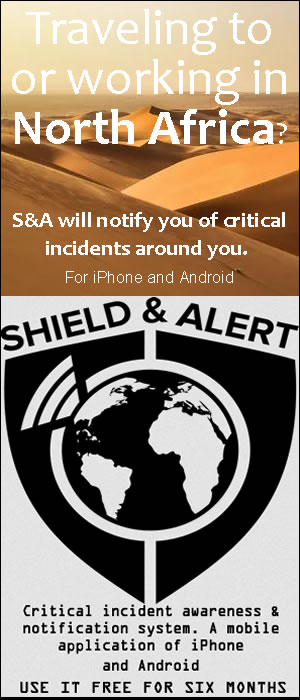By Rim Taher:
Flash flooding in east Libya caused by Storm Daniel tore through the coastal city of Derna, leaving upwards of 2,300 dead, 10,000 missing and entire neighbourhoods in ruins. This is what we know so far about the extreme weather event that hit the war-torn North African country.
– Dams burst –
On Sunday afternoon, Storm Daniel made landfall on Libya’s east coast after earlier lashing Greece, Bulgaria and Turkey. It touched Benghazi before veering towards the Jabal al-Akhdar district towns of Shahat, Al-Marj, Al-Bayda, Soussa and Derna, devastating that city of 100,000 people. Derna lies in a river wadi 900 kilometres (560 miles) east of the capital Tripoli.
Overnight, two dams on Wadi Derna burst, unleashing torrents of water that destroyed bridges and swept away entire neighbourhoods on both sides of the wadi, before spilling into the Mediterranean. Roads that were already in a poor state were cut, and access to some affected areas became impossible.
– Vulnerable city –
Figures provided by the emergency services of the internationally recognised government in Tripoli say Storm Daniel killed more than 2,300 people in Derna alone. However, many including rival authorities in Libya’s east fear the death toll will be much higher. The International Federation of Red Cross and Red Crescent Societies has reported at least 10,000 missing.
Derna’s infrastructure is dilapidated, with buildings put up over the past decade that flout basic planning regulations. The city also suffered from a lack of preparation for such an unanticipated disaster that has transformed it into a vast cemetery.
Libya descended into chaos after the 2011 NATO-backed revolution that overthrew 42 years of dictatorial rule by Moamer Kadhafi. A myriad of militias exploited this chaos and divisions between east and west, including the Islamist Ansar al-Sharia which based itself in Derna.
– Authorities mobilise –
The authorities in both east and west, faced by the appalling human and material devastation caused by the floods, began to mobilise, taking emergency measures to come to the aid of those stricken by the disaster. Aid convoys from Tripolitania in the west set off for Derna. The internationally recognised Tripoli government of Prime Minister Abdelhamid Dbeibah said it was sending two air ambulances and a helicopter, as well as rescuers, 87 doctors, canine search teams and National Electricity Company workers to try to restore power.
– International response –
Relief missions have gathered pace with Turkey, Egypt and the United Arab Emirates among the first nations to rush aid to the conflict-scarred country. The United Nations has pledged $10 million in support for survivors, including more than 30,000 people left homeless. The European Union said assistance from Germany, Romania and Finland had been dispatched including hospital tents and power generators, as well as food, water tanks and blankets.
The United States, Algeria, Qatar, Italy, France and Tunisia have all also offered assistance. The United Arab Emirates sent two aid planes carrying 150 tonnes of food, relief and medical supplies. A Kuwaiti flight took off Wednesday with 40 tonnes of supplies, and Jordan sent a military plane loaded with food parcels, tents, blankets and mattresses. Egypt’s armed forces chief of staff, a political and military ally of Haftar, flew to Benghazi on Tuesday aboard a plane loaded with relief supplies and personnel, media reports said.
– ‘Medicane’ –
Mediterranean storms like Daniel which bear the features of tropical cyclones and hurricanes, known as “medicanes”, only occur one to three times a year. While scientists generally avoid direct links between individual weather events and long-term global warming, Storm Daniel “is illustrative of the type of devastating flooding event we may expect increasingly in the future”, said Lizzie Kendon, a climate science professor at the University of Bristol.
The EU’s climate monitoring service Copernicus said rising global sea surface temperatures were driving record levels of heat across the globe, with 2023 likely to be the warmest in human history. Climate-linked extreme weather events tend to be the deadliest in strife-torn and poor countries that lack good infrastructure, early warning systems and strong emergency response services.








